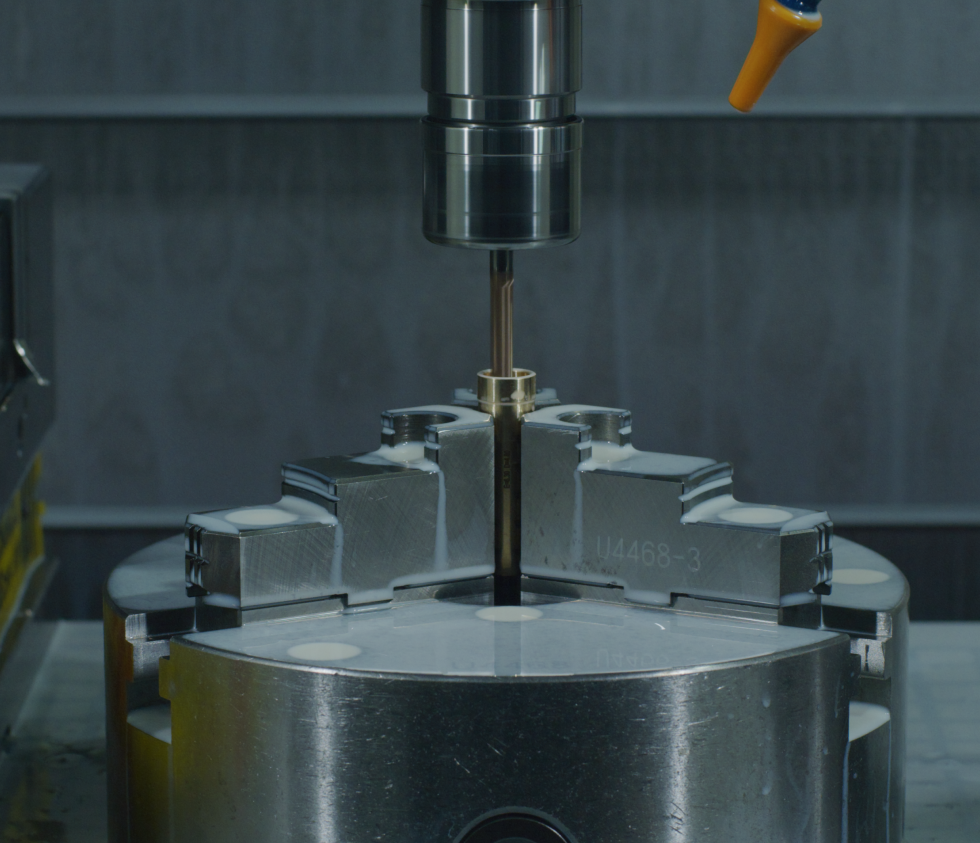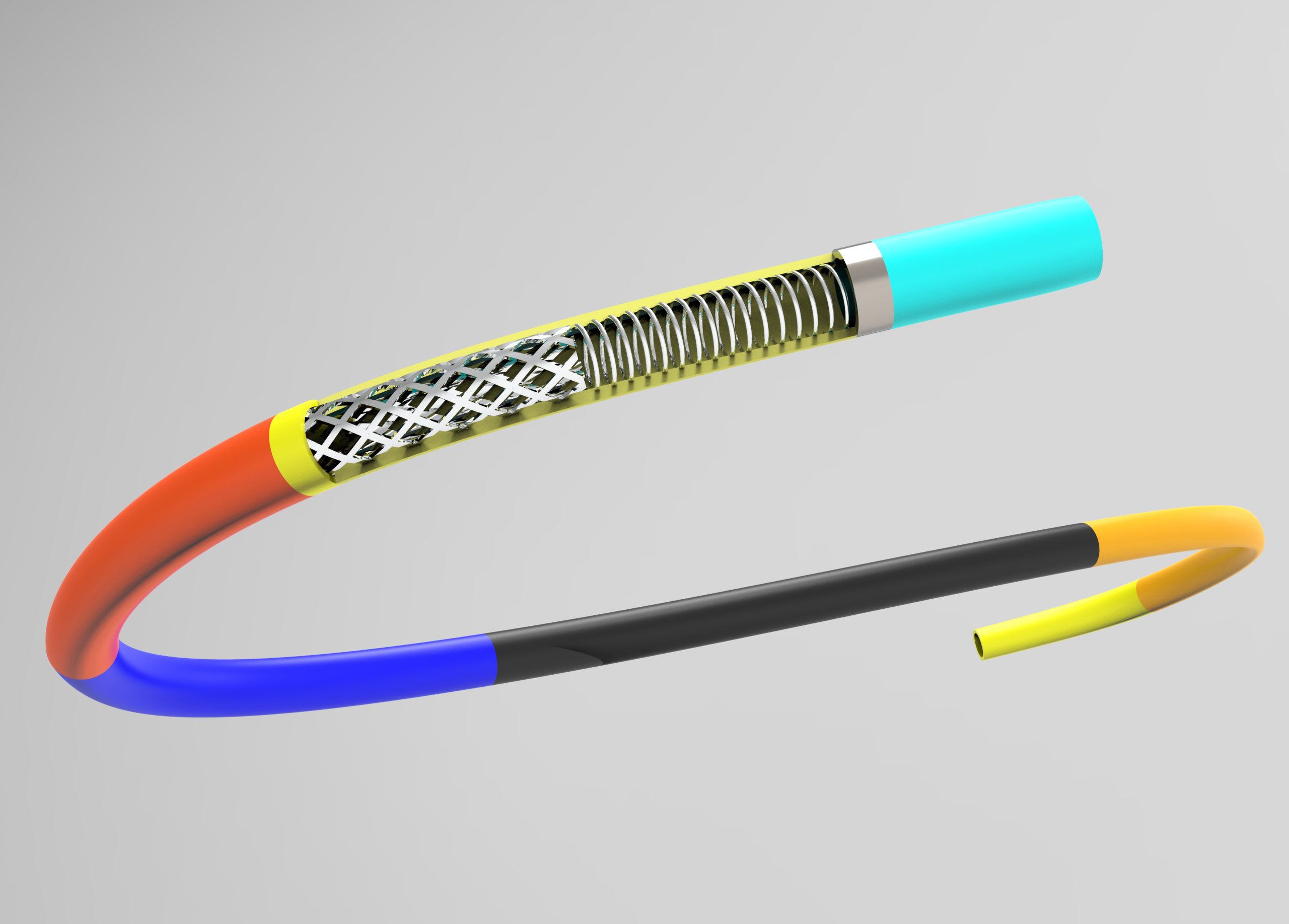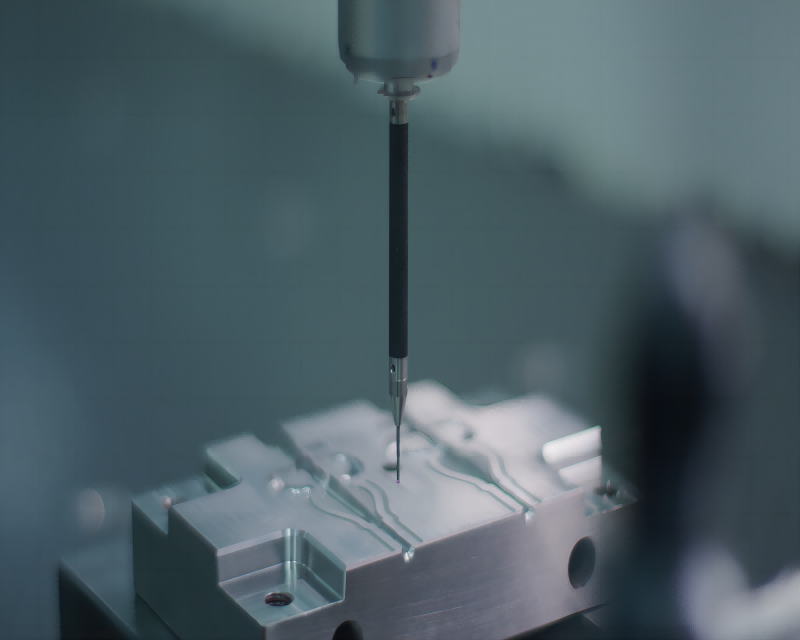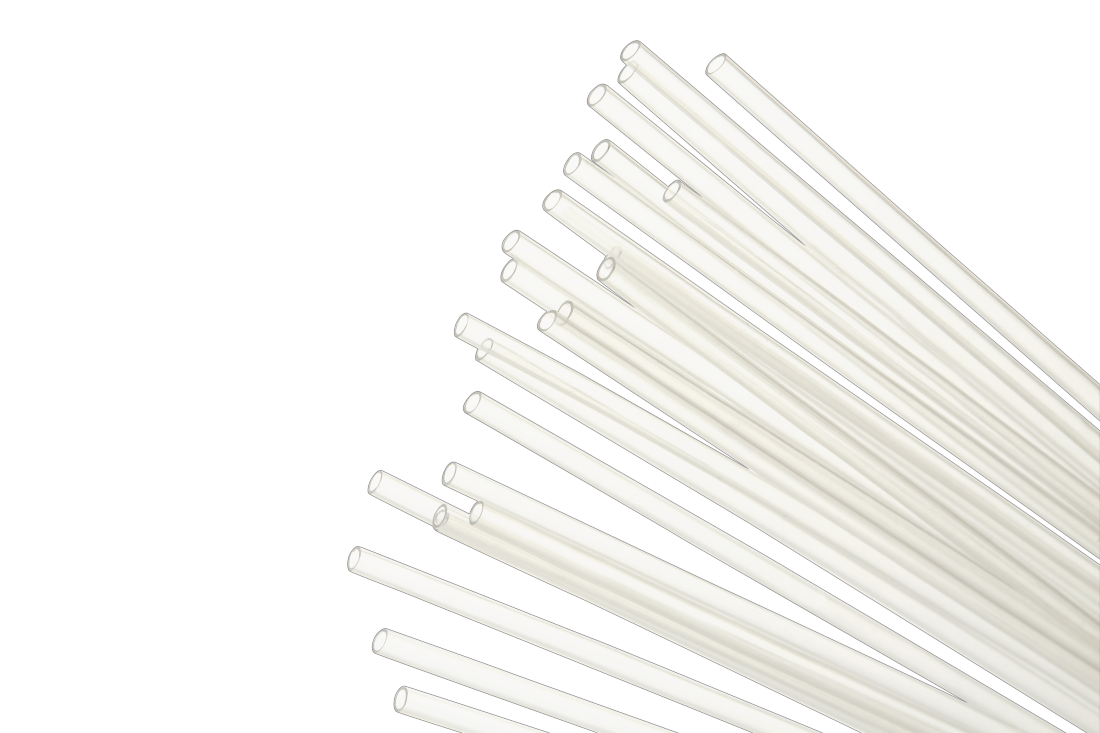Hook Forming
Demax utilizes high-quality materials such as stainless steel or nitinol for hook forming, chosen for their exceptional mechanical properties, corrosion resistance, and biocompatibility. These materials undergo precise shaping processes to achieve intricate hook configurations tailored to specific medical device applications. With our commitment to quality and precision, Demax ensures that hook-formed components meet the rigorous demands of medical device manufacturing, contributing to the advancement of healthcare worldwide.
- Materials: Demax utilizes high-quality materials such as stainless steel or nitinol for hook forming, ensuring durability, flexibility, and biocompatibility in medical device applications.
- Hook Configurations: Our hook forming capabilities encompass a wide range of configurations, including J-hooks, C-hooks, and complex multi-dimensional shapes, tailored to meet the specific requirements of diverse medical devices and procedures.
- Size Range: Demax offers hook forming services for components ranging in size from micro-scale hooks for minimally invasive procedures to larger hooks for surgical instruments, accommodating a broad spectrum of medical device applications.
- Tolerance: Precision manufacturing processes and stringent quality control measures ensure tight tolerances, guaranteeing consistency and accuracy in hook configurations essential for optimal device performance.
- Guidewires: Formed hooks enable precise navigation and steerability of guidewires during vascular procedures such as angiography and angioplasty.
- Catheters: Hooks incorporated into catheter designs facilitate device placement, manipulation, and anchoring within the body during diagnostic and therapeutic interventions.
- Surgical Instruments: Hook-formed components enhance the functionality of surgical instruments by providing secure grip, precise control, and improved tissue manipulation during surgical procedures.
- Endoscopic Devices: Hooks enable the advancement and positioning of endoscopic devices within the gastrointestinal or respiratory tract, aiding in visualization and treatment of pathological conditions.
- Orthopedic Instruments: Hooks are utilized in orthopedic instruments for soft tissue retraction, tendon manipulation, and bone reduction during orthopedic surgeries.
Related products
Braid & Coil Reinforcement Tube
The Demax Braid & Coil Reinforcement Tube is an innovative medical device designed to provide enhanced strength and flexibility for a wide range of medical applications. Crafted with precision and utilizing advanced materials, this reinforced tubing offers exceptional performance and reliability, making it an indispensable tool for medical professionals in various clinical settings.
Tip Forming
Precision Medical Tubing Services Tip Forming involves shaping and forming the tips of medical-grade tubing materials to meet the specific requirements of medical device applications. The composition of the tubing used in this process varies depending on the desired properties and performance characteristics required for the medical device. Typically, medical tubing is made from biocompatible polymers such as polyethylene (PE), polyurethane (PU), polyvinyl chloride (PVC), silicone, or thermoplastic elastomers (TPE). These materials are selected for their flexibility, durability, and compatibility with bodily fluids and tissues.
Guiding Catheter
Guiding catheters are typically composed of biocompatible materials such as polyurethane or nylon, chosen for their flexibility, durability, and compatibility with bodily tissues. The catheter shaft is reinforced with braided or coiled wires to provide structural support and torqueability while maintaining flexibility for navigation through tortuous vascular anatomy. Soft, atraumatic tips minimize trauma to blood vessels during insertion and positioning. Radiopaque markers or bands incorporated into the catheter shaft enhance visibility under fluoroscopy or other imaging modalities, allowing for precise navigation and positioning during procedures. Demax’s guiding catheters are engineered with advanced materials and design features to optimize performance and safety, ensuring successful outcomes in a wide range of interventional procedures.
FEP Heat Shrink Tube
The FEP Heat Shrink Tube boasts a composition rooted in fluorinated ethylene propylene (FEP), a thermoplastic polymer renowned for its exceptional properties in medical applications.
FEP exhibits a unique combination of characteristics that make it ideally suited for medical tubing. Its molecular structure imparts remarkable clarity to the tubing, allowing for optimal visualization of fluids and instruments during medical procedures, essential for accurate monitoring and precise manipulation.




